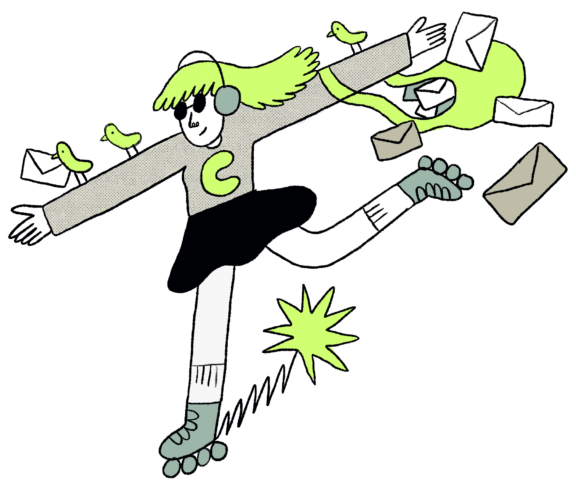
The health crisis has stimulated the creativity of advertising and marketing professionals. After the complete shutdown of activities and the cancellation of many advertising productions, agencies have had to innovate and review their campaign messages to adapt them to the pandemic context. Not to mention their obligation to change traditional ways of approaching advertising.
Reviewing how we go about creating advertising
Entire productions to be redone, media spaces to be rethought, key messages to be revisited: the pandemic has forced creative agencies to make a 180 degree turn and revise how they go about their business in order to be able to adapt to a new reality. Faced with a complete shutdown of studios, a new means of “homemade” production entered the field. Cameras on our cell phones and computers became essential tools. Sequences from older advertising were transformed in order to make new advertising. An approach that was refined over time, but one that certainly pushed us to develop clearer and more efficient messages.
Profound changes in how we produce advertising
With a manpower shortage affecting every sphere of the industry and a demand that hasn’t slowed down, productions became more difficult to plan. An organizational headache for some, but above all, a production process that had to change. We had to demonstrate agility and creativity in the development of campaigns. We surrounded ourselves with outstanding teams to create advertising with clear and efficient messages, all the while juggling budgets and the availability of personnel. More than ever, the notion of flexibility imposed itself on the traditional production model. All means are good when it comes to developing advertising that respects changing health requirements and communicates a message that is aligned with brand image. As the Prendre soin campaign did for Résidences Soleil. It was produced using phone calls, with seniors leaving feel-good messages and wise advice for Quebec as a whole.
Finding our groove again
One thing is certain: the need for flexibility is not likely to disappear soon. Our horizons were opened to include other means of creating and producing to generate inventive and intelligent solutions, which will continue for many years. Practices that have become part of our daily routines put agility to the forefront. It’s by using the strength of small teams and what we’ve learned over the past few years that we can succeed in creating stronger, more human and more coherent campaigns.
